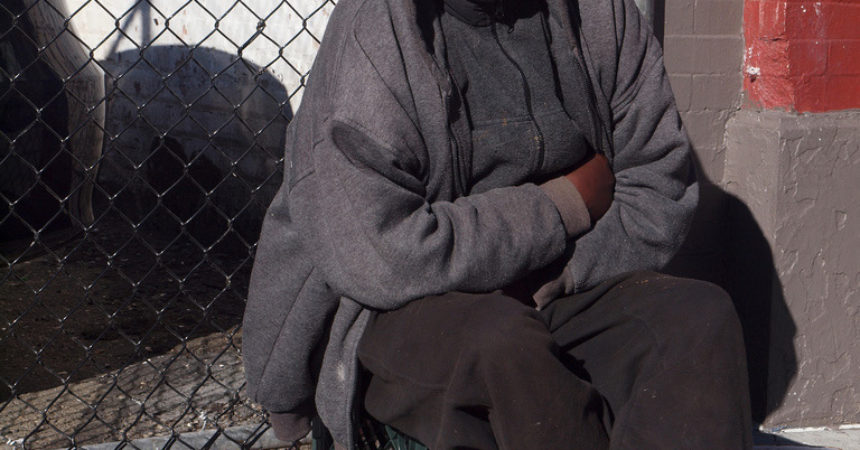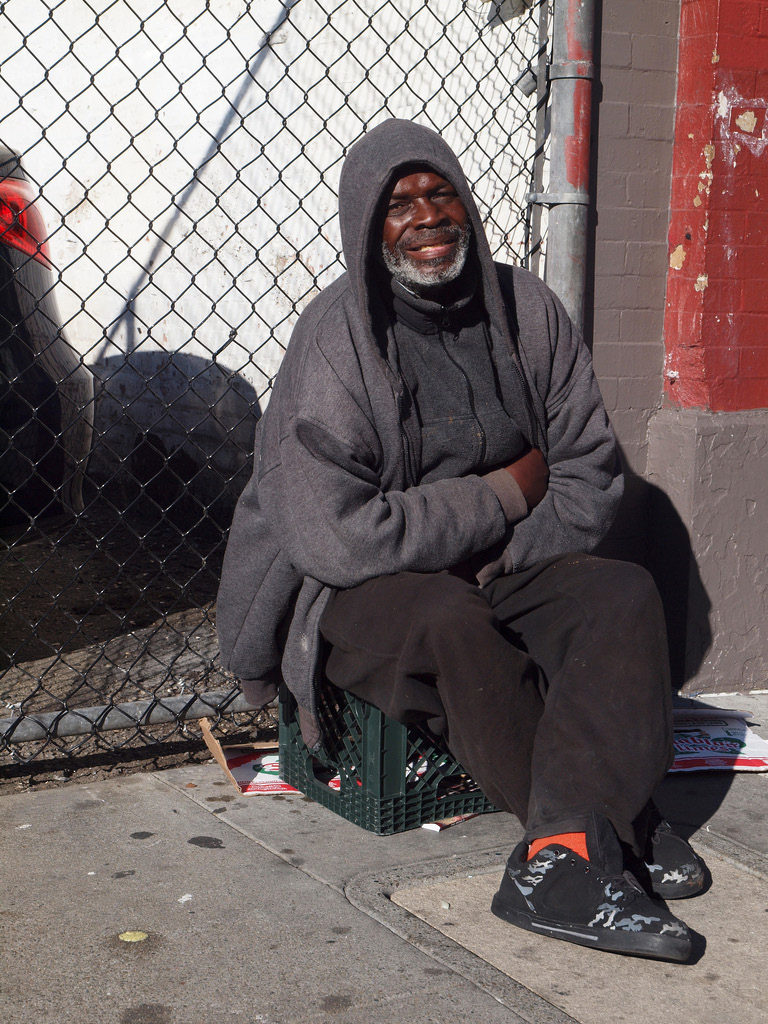
Report: Blacks comprise more than 40 percent of U. S. homeless population


By Frederick H. Lowe
Trice Edney News Wire
Although Blacks comprise 12.5 percent of the nation’s population, they are overrepresented among the nation’s homeless as housing prices increase and because fewer units of affordable housing are being built. These two factors are compounded by existing housing discrimination and the Black unemployment rate, which is always the nation’s highest.
This constellation of factors often results in Black people sleeping in the streets or in homeless shelters.
Last year, the United States’ homeless population was 553,742. Of this number, 224,937 were homeless Black men and Black women, accounting for 40.6 percent of the total homeless population, according to the U.S. Department of Housing and Urban Development. The White homeless population was 260,797, accounting for 47.1 percent of the total homeless population.
The Hispanic homeless population was 119,419, accounting for 21.6 percent of the total homeless population.
HUD gathers its figures during a Point-in-Time estimate which is always taken during the last week of January. HUD’s report to Congress concerning homelessness was released in December 2017. Last year’s homeless count was a .7 percent increase over 2016 and a 13.1 percent decrease since 2010.
Among the homeless, men outnumber women. In 2017, 335,038, or 60.5 percent of the homeless population were men compared with 215, 709 or 39.0 percent women, according to HUD’s 2017 Annual Homeless Assessment Report to Congress.
Individuals who are transgendered accounted for 2,092 or 0.4 percent of homeless people.
The count is made by tens of thousands of volunteers who visit 3,000 cities and counties where the homeless are known to be, including emergency shelters, transitional housing and unsheltered locations.
Transitional housing provides people a place to stay and some supportive services for up to 24 months. Unsheltered homeless includes people living on the streets, in cars or in parks.
HUD reported that homelessness in 30 states and the District of Columbia has declined, but in West Coast cities, including Los Angeles, there was nearly a 26 percent increase in overall homelessness since 2016, primarily among individuals living in unsheltered locations.
“In many high-cost areas of the country, especially along the West Coast, the severe shortage of affordable housing is manifesting itself on our streets,” said Ben Carson, Secretary of HUD. “With rents rising faster than incomes, we need to bring everybody to the table to produce more affordable housing and ease the pressure that is forcing too many of our neighbors into our shelters and onto our streets.”
While homelessness decreased, it grew slightly among other racial and ethnic groups, homelessness among Blacks increased 6 percent or 7,299 people in 2017, compared with a 2 percent increase or 2,856 people among Whites.
A report titled “Study Investigates Connections Between Race, Homelessness” reports that race and discrimination are integral to addressing homelessness.
“The lack of affordable housing and lack of adequate housing across the country falls more heavily on communities of color, but especially on the African-American community,” wrote Eric Tars, a senior attorney for the National Law Center on Homelessness and Poverty.
Homeless people of color are especially vulnerable to the effects of biased policing because living in public spaces creates opportunities for police intervention, Tars said.
Dr. Moser Jones wants policymakers to study long-ignored connections between decades of structural racial discrimination against African Americans and other Black persons.
Jones, an assistant professor at the University of Maryland School of Public Health, wrote: “Black persons’ general elevated risk for becoming homeless as a result of long-standing discrimination and other factors have depleted Black communities’ resources.”







